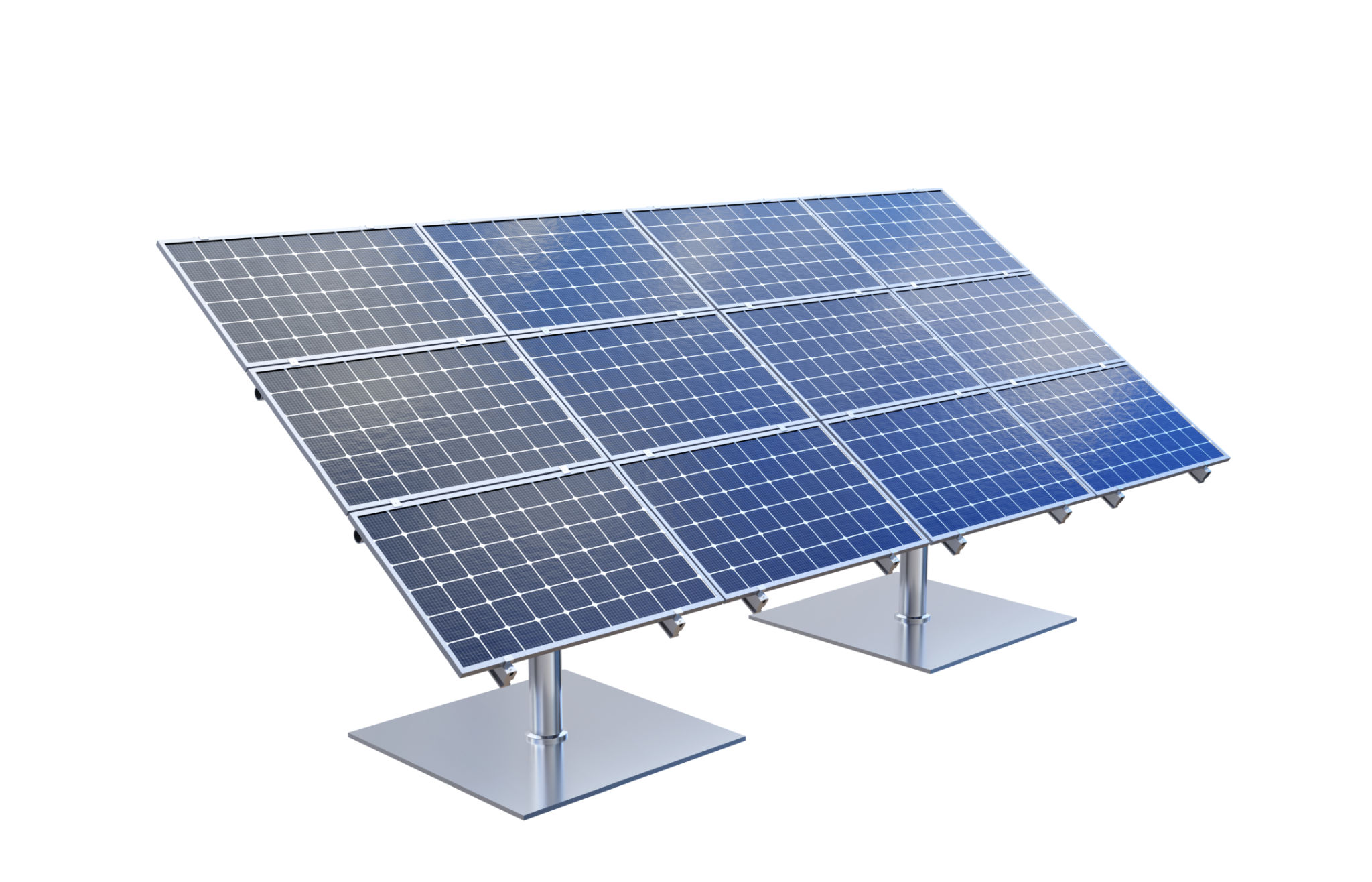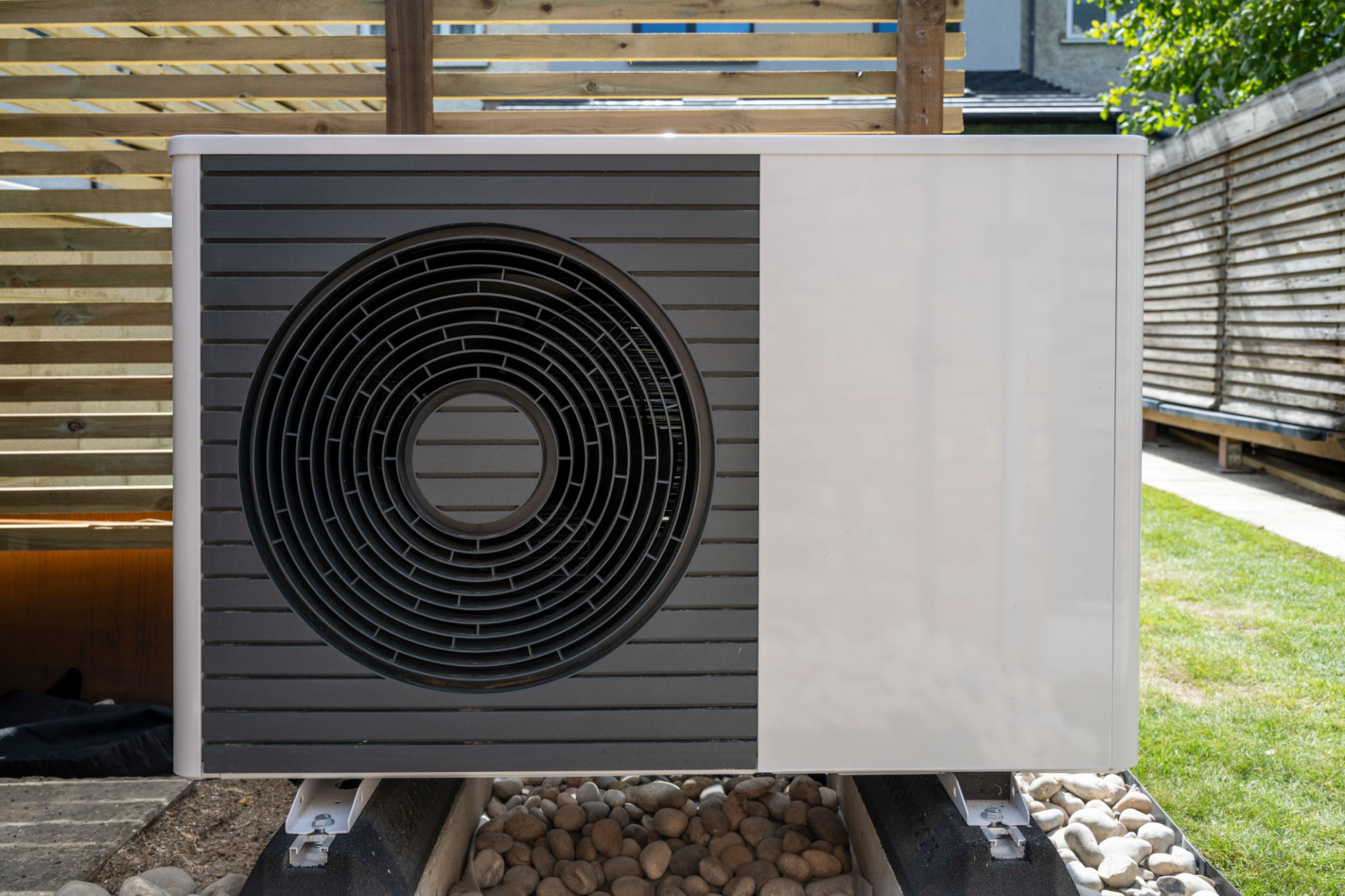Myth-Busting Renewable Energy: Debunking Common Misconceptions
Ki
Understanding Renewable Energy
Renewable energy is often touted as the future of sustainable power, yet many misconceptions continue to cloud public understanding. As we move towards a greener planet, it's crucial to separate fact from fiction. This blog post aims to debunk some of the most common myths surrounding renewable energy.

Myth 1: Renewable Energy Is Too Expensive
One of the most pervasive myths is that renewable energy technologies, such as solar and wind power, are prohibitively expensive. While it’s true that initial setup costs can be high, the long-term savings often outweigh the initial investment. Many countries are witnessing a significant drop in costs due to technological advancements and increased competition in the sector. In fact, wind and solar are now among the cheapest sources of electricity in many parts of the world.
Additionally, government incentives and rebates for renewable energy adoption are making it even more accessible. Over time, the savings on energy bills and reduced maintenance costs contribute to an overall reduction in expenses.
Myth 2: Renewable Energy Is Not Reliable
Another common misconception is that renewable energy cannot be relied upon due to its dependence on weather conditions. While it's true that solar panels require sunlight and wind turbines need wind, advancements in energy storage and grid management have mitigated these issues. Modern battery technology allows for the storage of excess energy generated during peak production times, ensuring a consistent power supply.

Moreover, diverse geographical locations provide ample opportunity for a balanced mix of energy sources. In many regions, a combination of solar, wind, hydroelectric, and even geothermal energy can ensure a continuous and reliable energy supply.
Myth 3: Renewable Energy Is Limited to Certain Regions
Some people believe that renewable energy is only viable in sunny or windy areas. However, this is a major misconception. Technologies such as geothermal energy can be harnessed almost anywhere, and even solar panels can generate electricity on cloudy days. The versatility of renewable energy technologies makes them adaptable to various environments, including urban areas.
Moreover, as technology continues to evolve, innovative solutions are emerging that allow for greater flexibility and adaptability of renewable energy systems across different geographical landscapes.

Myth 4: Transitioning to Renewable Energy Means Job Losses
Concerns about job losses in traditional energy sectors often arise when discussing the shift towards renewable energy. However, the renewable sector is a rapidly growing industry creating numerous new job opportunities. From manufacturing and installation to maintenance and research and development, the renewable energy sector is providing employment across various skill levels.
Research shows that jobs in renewable energy are typically safer and often offer higher wages compared to those in fossil fuel industries. With appropriate training and education programs, transitioning workers can find rewarding careers in this burgeoning field.
The Future of Renewable Energy
As these myths are debunked, it's clear that renewable energy presents a viable and promising path forward for meeting our global energy needs sustainably. With continued innovation, investment, and public support, the transition to renewable energy will not only benefit the environment but also bolster economic growth. Understanding and addressing misconceptions is a critical step towards embracing a cleaner and more sustainable future.